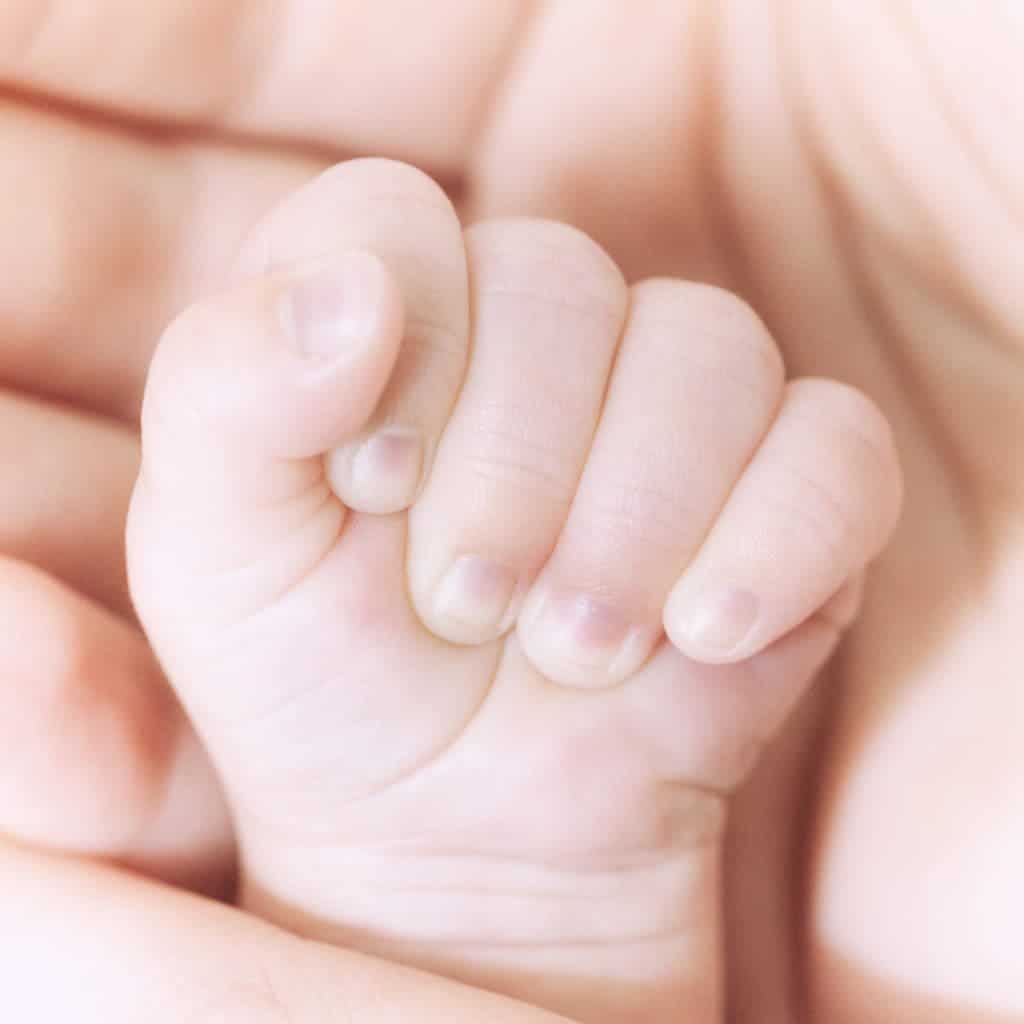A recent study suggested COVID-19 doesn’t pass through the womb, but the infection might be passed through birth.

The youngest COVID-19 patient in the UK, and probably in the world, is a newborn baby from North London.
The mother was admitted at North Middlesex hospital, showing pneumonia-like symptoms. The tests confirmed the COVID-19 infection — but she was also due to give birth.
After she gave birth, the baby was also tested, and tested positive, North Middlesex university hospital said in a statement.
“Two patients at North Middlesex university hospital have tested positive for coronavirus. One has been transferred to a specialist centre and one is being treated in an isolation room.”
“The safety of our patients and staff is our top priority, so in following guidance from Public Health England, we are regularly deep cleaning the areas where the patients are cared for and staff who were in close contact with these patients were advised to self-isolate.”
This is particularly surprising because according to a recent study from China, pregnant mothers sick with COVID-19 don’t seem to pass the infection onto their newborn babies.
Similarly, Previously, a study published in The Lancet, also found no evidence that the viral infection can jump from pregnant women to their offspring at birth. Similarly, there is no evidence that the disease can be passed through breastmilk, and pregnant women were told not to worry. Both these studies have a relatively low sample size, but all the evidence seemed to suggest that pregnant women shouldn’t worry.
Babies and children seem to be mysteriously spared by the disease, although they don’t appear to be fully immune to it. But it’s still not clear how the baby contracted the disease — if it was through the womb, or somehow during birth.
It might also be a test glitch, or a yet-unknown interaction of the test. The sensitivity of the diagnostic test used to detect the virus is around 71%, but its reliability in babies is not well understood.
At the time of this writing, there isn’t more information available about this particular case.
Researchers hope to carry out more studies on coronavirus in babies, collecting and analyzing samples of the placenta and amniotic fluid, as well as any other bodily fluids that might affect the situation, in order to detect possible signs of the virus.









